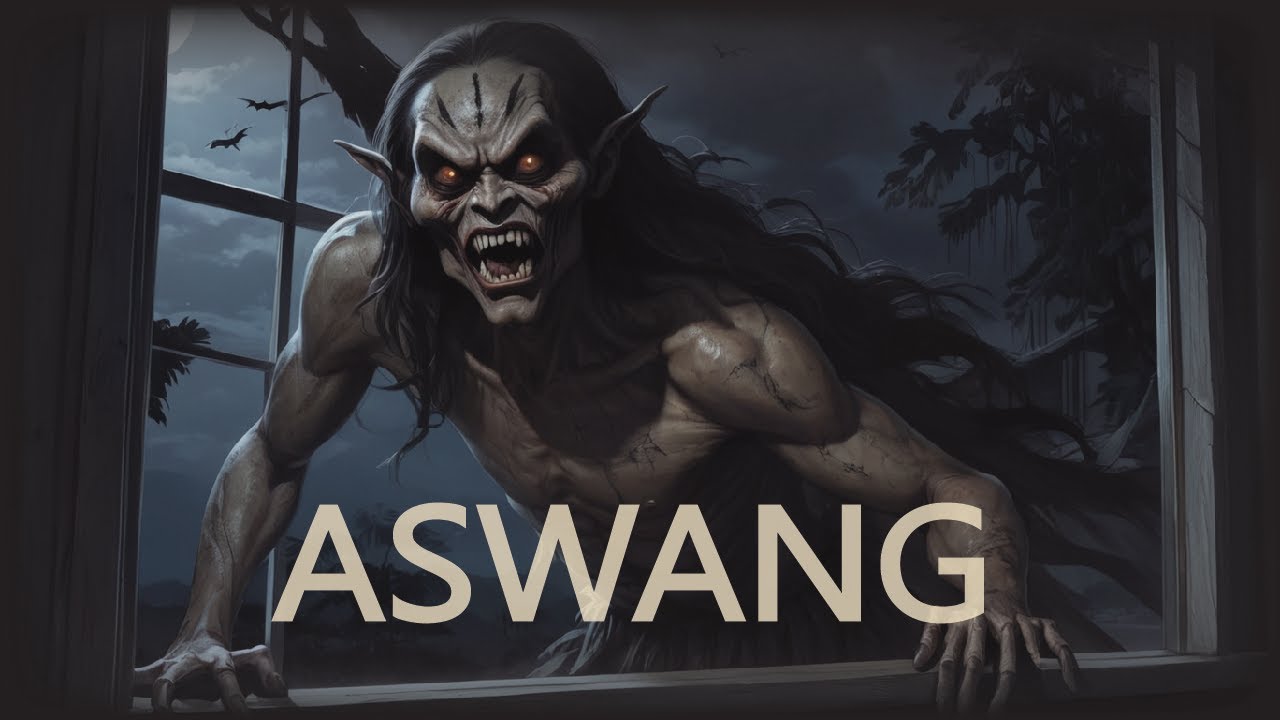
when Horror Yearbook – the Aswang lurks in rural villages and remote islands of the Philippines where it reveals itself under moonlight to prey on unsuspecting victims. This creature wears many guises depending on region and tale retold. In some versions it hides as a beautiful woman by day and transforms at night into a monstrous beast with an elongated tongue or teeth that drip with venom. People say it targets pregnant women and newborn infants to feed on their flesh or blood. Folklore describes its horrific laughter echoing through bamboo forests while villagers hold tight to garlic and salt to ward it off. Parents whisper warnings to children to scare them into obedience after dark. Pilgrims to these regions still see signs on doors meant to ward off the Aswang such as chili or rosaries dangling from walls. Local festivals include mock hunts and prayers to keep this legend alive and remind each generation that the Aswang remains more terrifying than fictional vampires roaming Europe.
the Aswang captivates modern imaginations because it embodies fears tied to betrayal and transformation. Locals warn that the creature is born from cursed individuals or those who break taboos. Stories often include a midwife or old woman turning into the monster after midnight. Its ability to shapeshift scares people more than fangs or bloodlust alone. The legend spreads fear through real events such as unexplained deaths or missing children. Residents say sudden infant mortality in some villages becomes evidence of the Aswangs presence. This paranoia dominates rural life to the point that entire families keep vigil at night. Even government health efforts aimed at reducing infant mortality sometimes stumble against ingrained belief in supernatural causes. That makes tackling public health challenges more difficult. The Aswang survives not just as myth but as a cultural lens for confronting issues too painful or taboo to face otherwise.
“Read about: Final Destination: Bloodlines Just Hit HBO Max—and It Might Be the Best One Yet!”
Communities developed a variety of tactics to repel and expose the Aswang. Nightwatchers patrol village perimeters carrying torches and chanting prayers meant to trap or expose the creature. Some households scatter salt on thresholds because the Aswang supposedly cannot cross salt lines. Others hang garlic, onions or stalks of betel nut around windows. Hunters use crossbows or bolo knives tipped in salt or wood ash to injure and repel the creature. In remote regions, priests or cunning folk hold ceremonies at sunset that involve chanting and cross rituals using blessed water or rosaries. Carving a crude cross on beams is a common practice intended to ward off evil spirits. These rituals serve practical community bonding as well — they bring people together socially and spiritually in times of fear. In these moments villagers believe they control their destiny and protect the vulnerable from supernatural threat. Even skeptics respect how these acts offer peace of mind and keep cultural traditions alive.
Over the last decade the Aswang entered international horror culture through films streaming online and horror anthologies. Filmmakers in Manila recreate traditional stories with modern visual effects to reach global audiences. International horror writers reference the Aswang as a creature more primal than Western vampires because it consumes unborn life. Some documentary filmmakers travel to provinces in Luzon and Visayas to capture eyewitness accounts and eerie night sounds. Horror podcasts and YouTube channels share testimonials of Aswang encounters recorded at night in rice paddies and jungles. Each story amplifies its horror by including local language and specific details about wings or glowing red eyes. The creature now appears in video games and comic series as a terrifying enemy boss with shapeshifting abilities. This media crossover transforms a regional legend into a global gothic icon rivaling Dracula in emotional impact even though it remains rooted in Philippine folklore and lived fear.
“Read more: One Secret Ingredient Makes This Salak Candy Irresistible, Try It Today!”
This creature taps into universal fears about hidden danger and violated trust. The Aswang often hides in friendly guise and strikes the innocent while they sleep. That idea unsettles people regardless of geography. The creature also symbolizes broken social norms and things mothers fear most such as loss of children. In modern storytelling the creature reflects fears about genetic disease or covert illness without visible symptoms. Professionals in psychology note how legends like the Aswang help societies externalize anxiety during crises. It becomes a metaphor for betrayal from within families or communities. The myth also affirms that some dangers lurk beyond science and require ritual acknowledgment. This combination of terror and cultural resonance makes the Aswang one of the most enduring urban legends globally. Stories of its nighttime prowling remain effective even in technologically advanced settings where fear often takes new, subtle forms.